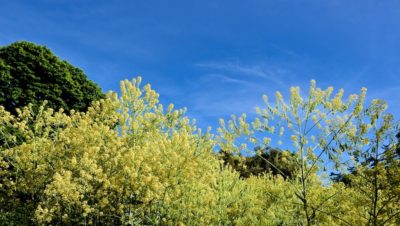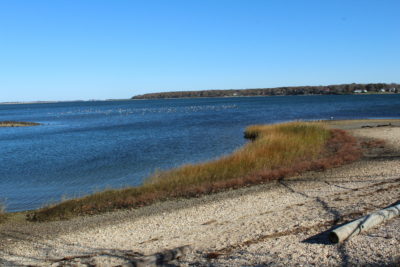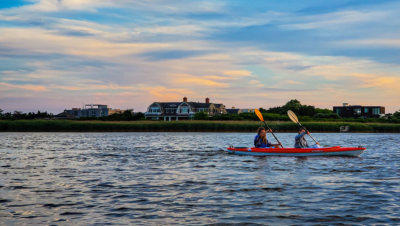Our Work / Stewardship
Georgica Pond Preserve Trail & Species
The Georgica Pond Preserve is a former commercial property in the midst of transformation to a natural area including wetlands and uplands for a healthier Georgica Pond. For more than 50 years, the site was developed as a restaurant property.
In August 2020, the Peconic Land Trust acquired the 1.4 acre property with the generous support of local resident Katharine Rayner. Ms. Rayner donated the funds to acquire the land and underwrite the remediation and restoration with native grassland and wetland vegetation.
Take some time to explore the preserve and see the wide range of native plants and trees, birds, reptiles, finfish and shellfish, including ospreys, snapping turtles and blue crabs that call this area home.
Trail
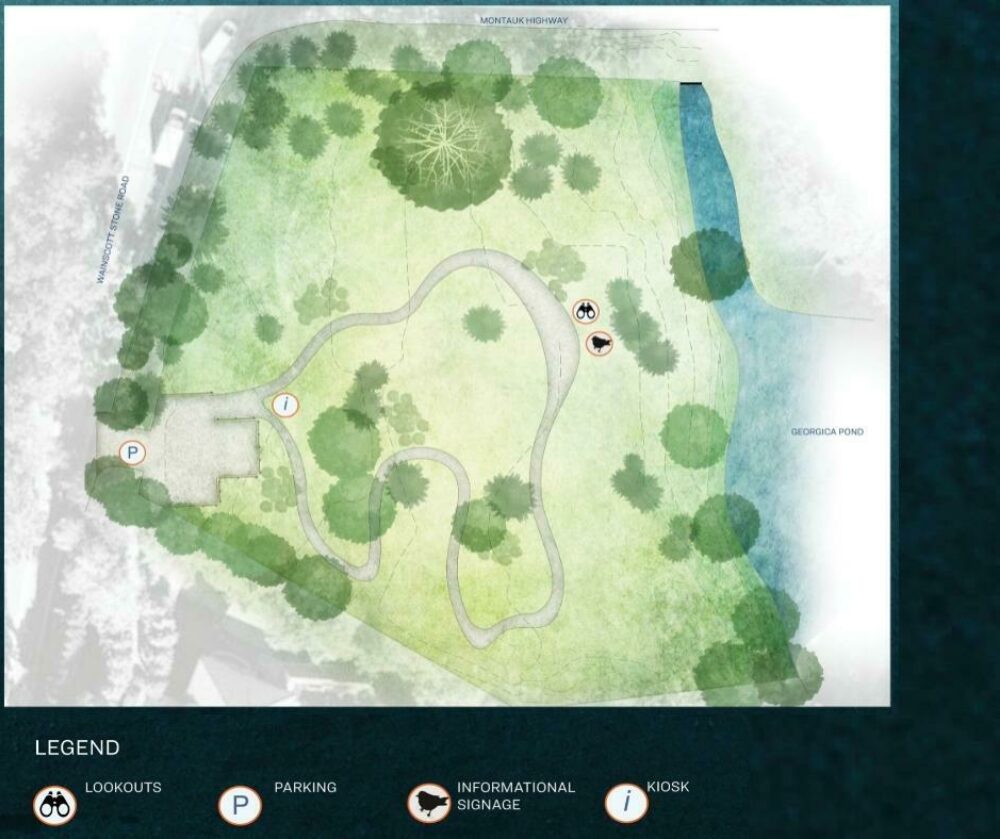
Animal Species
Blue Crab
Callinectes sapidus
The scientific name for blue crabs is Callinectes sapidus, which translates to “beautiful savory swimmer.” Female blue crabs mate only once in their lives, releasing more than 2 million eggs per brood.
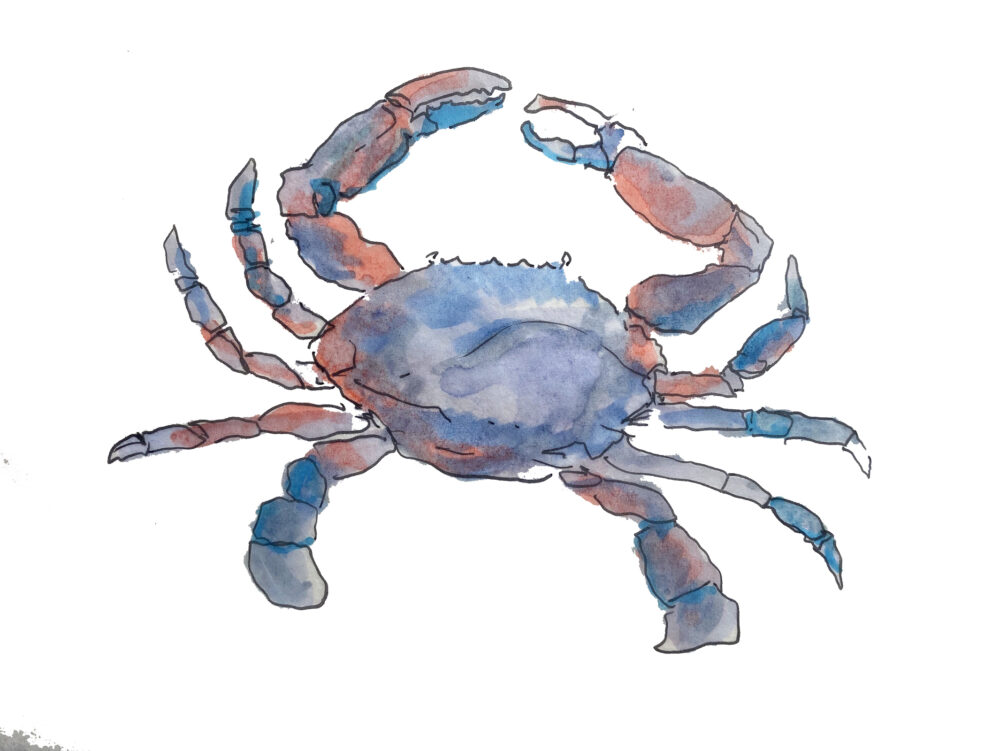
Artwork courtesy of Britt Zuckerman
Least Tern
Sternula antillarum
The smallest of the North American Terns, the Least Tern nests on sandy beaches along the coastal US. Adult Least Terns defend their nest from intruders by dive bombing the intruder. Their nickname is called “little striker.”
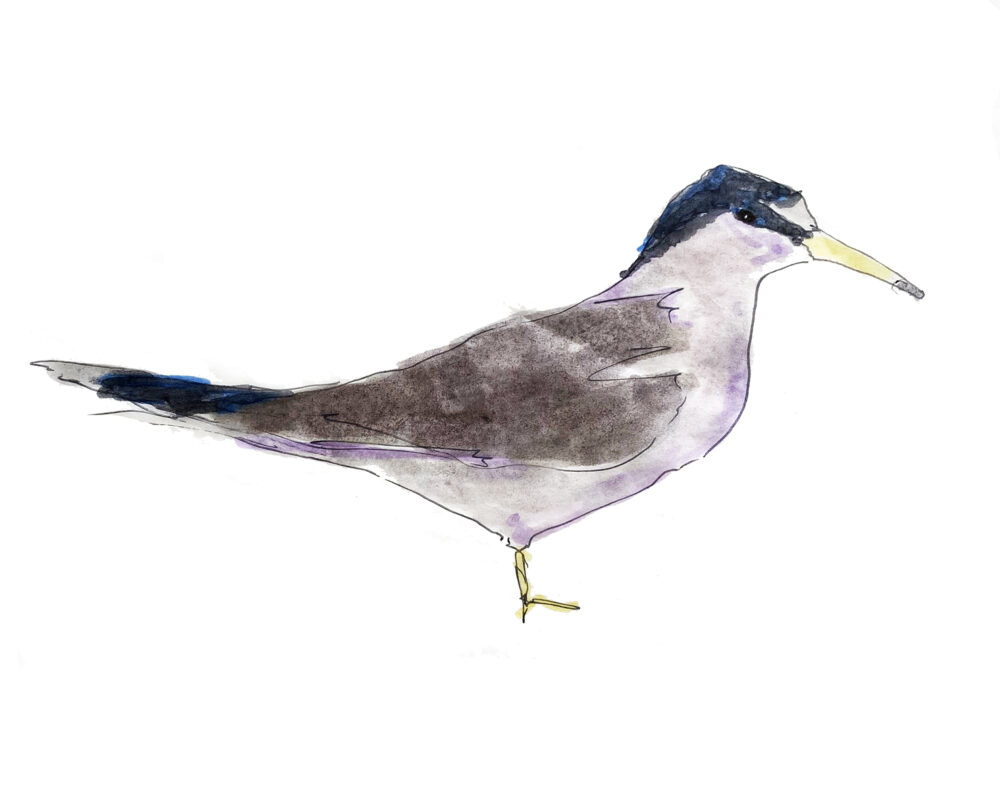
Artwork courtesy of Britt Zuckerman
Snapping Turtle
Chelydra serpentina
Despite being a fresh water species, the snapping turtle can tolerate brackish water such as at Georgica Pond. “Snappers” can be easily seen coming up for air at the pond. They rarely bask like other turtles. If encountered, do not provoke them, their bite can break bones.
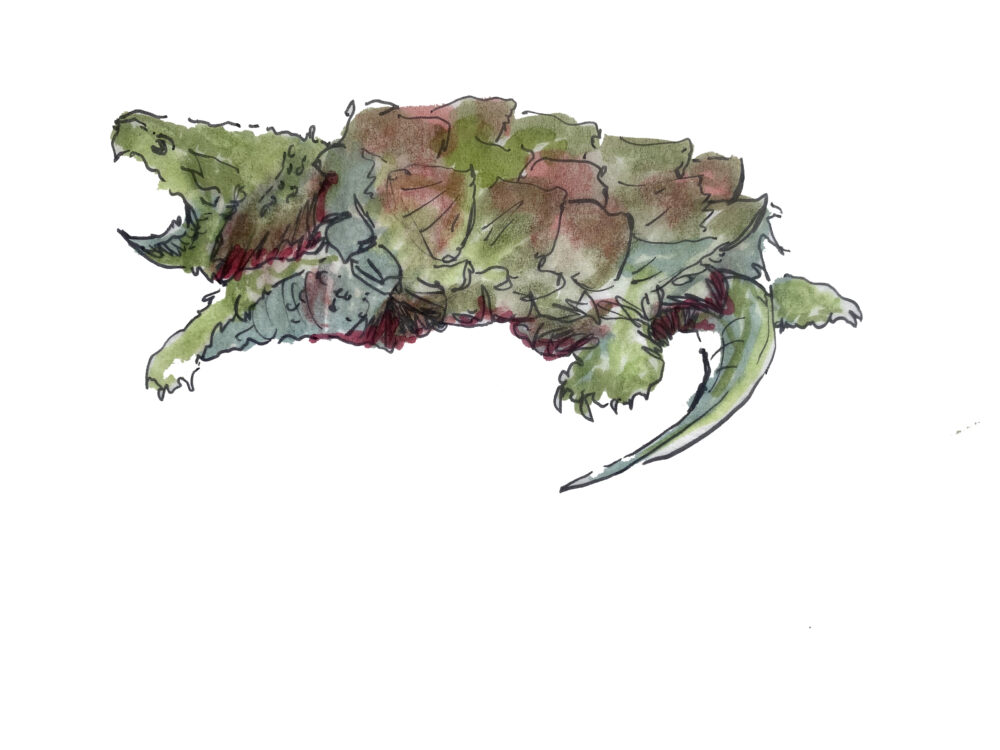
Artwork courtesy of Britt Zuckerman
White Perch
Morone americana
White Perch are semi-anadromous, they can be seen migrating to tidal water and brackish water. Despite the name, White Perch are part of the wider Bass family, not the Perch family. Close relatives include the white bass and striped bass.
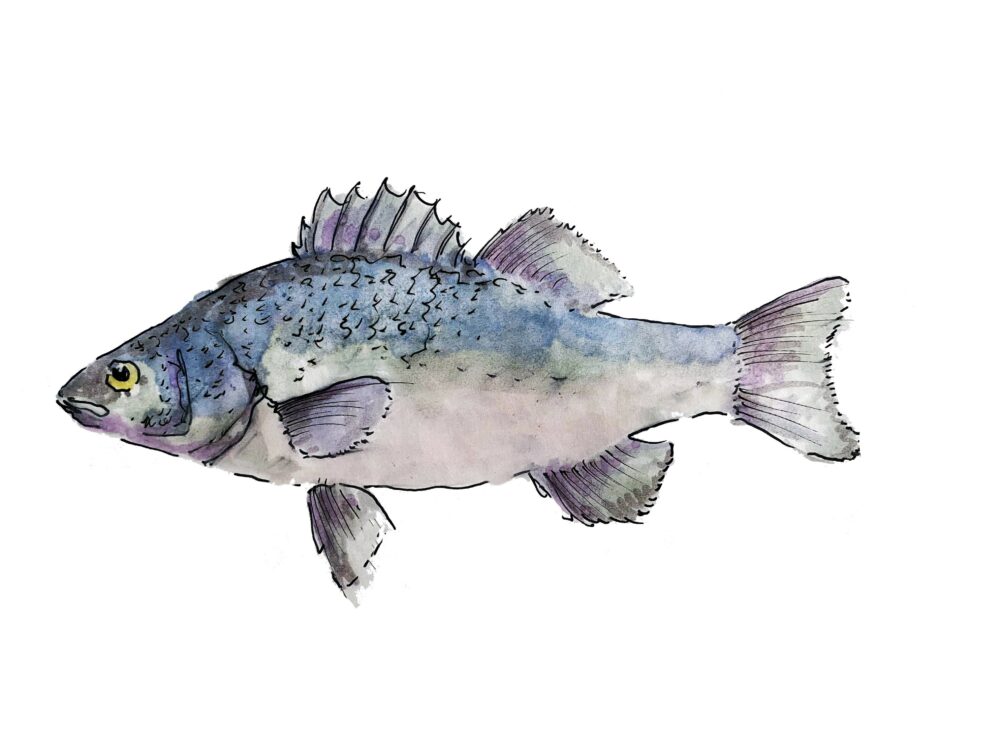
Artwork courtesy of Britt Zuckerman
Plant Species
Beach Pea
Lathyrus japonicus
Beach pea is a coastal plant, found on sandy beaches, dunes and upper gravel beaches. The seed pods turn black when ripe, and can cause paralysis, known as lathyrism, if eaten in large quantities.
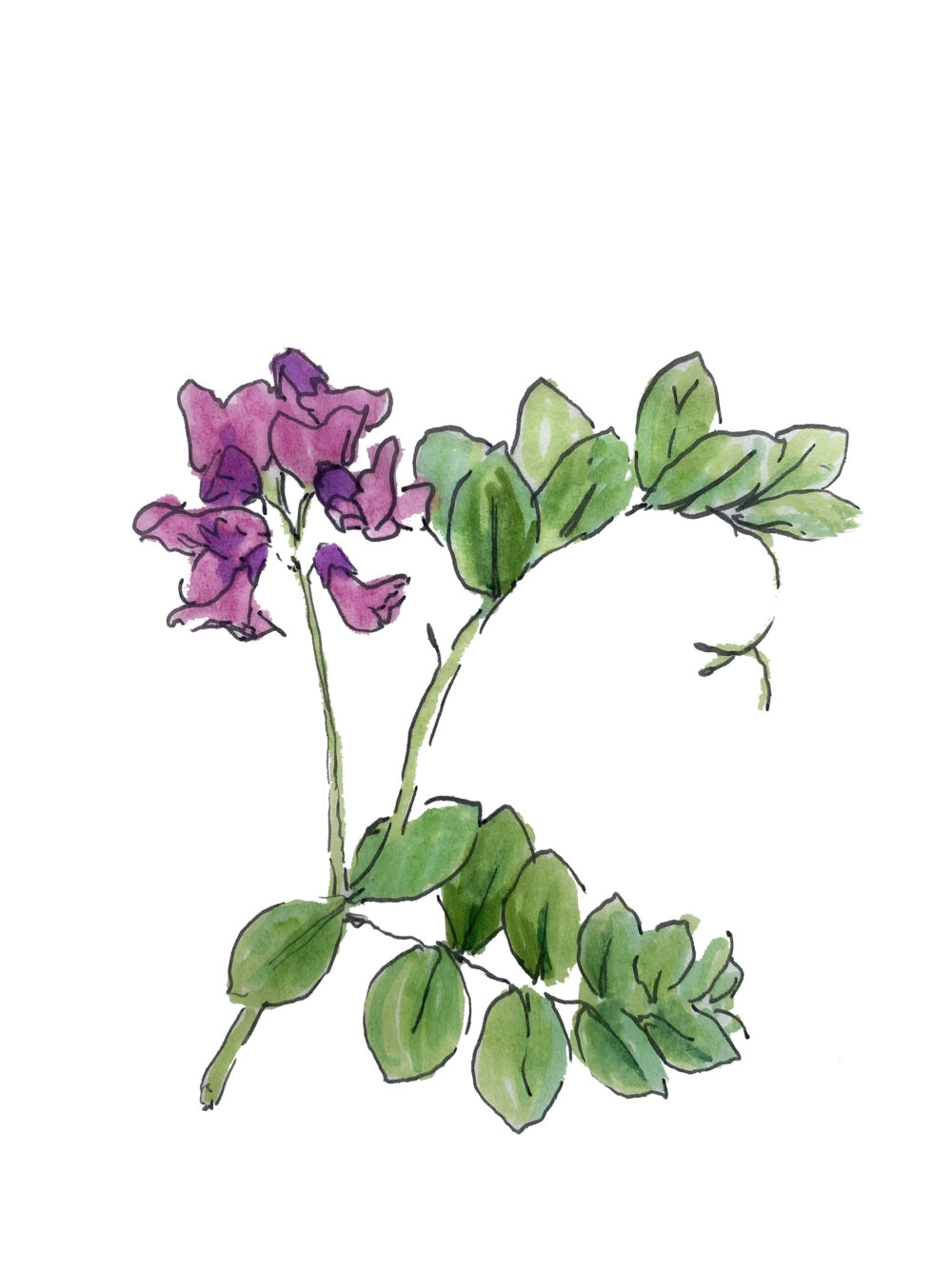
Artwork courtesy of Britt Zuckerman
Blue-Green Algae
Cyanobacteria
The pond has experienced toxic blue-green algae blooms, low oxygen levels, and fish kills. Efforts to protect against future blooms focus on reducing nitrogen levels in the pond, and more frequently opening the connection of the pond to the ocean to increase salinity.
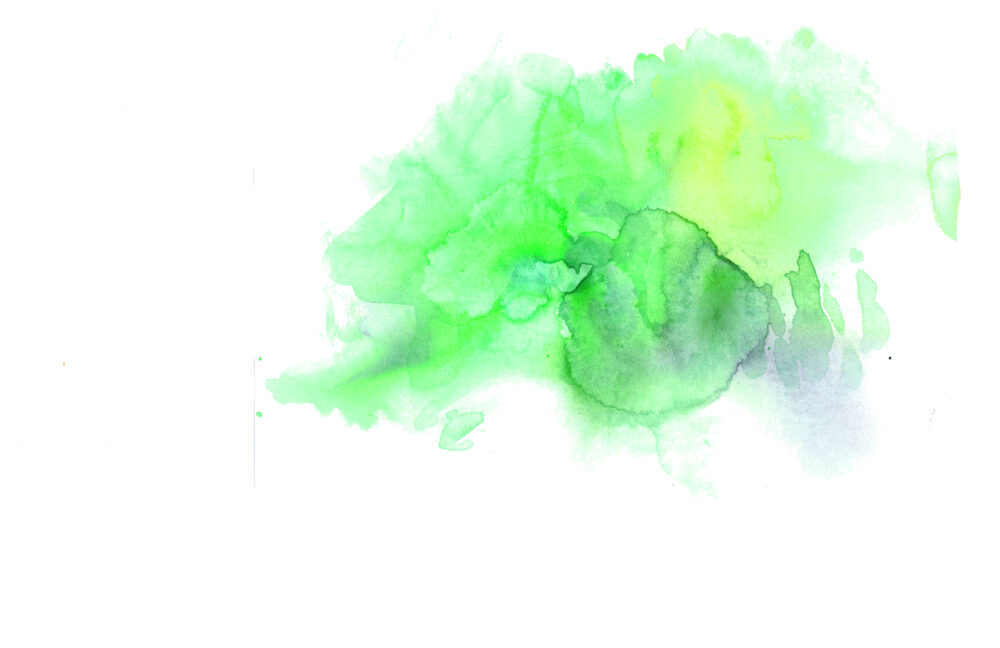
Artwork courtesy of Britt Zuckerman
Common Reed
Phragmites australis
This non-native species is highly invasive and detrimental to the pond. Controlling it can increase the diversity of native plants, which provides habitat for native fauna.
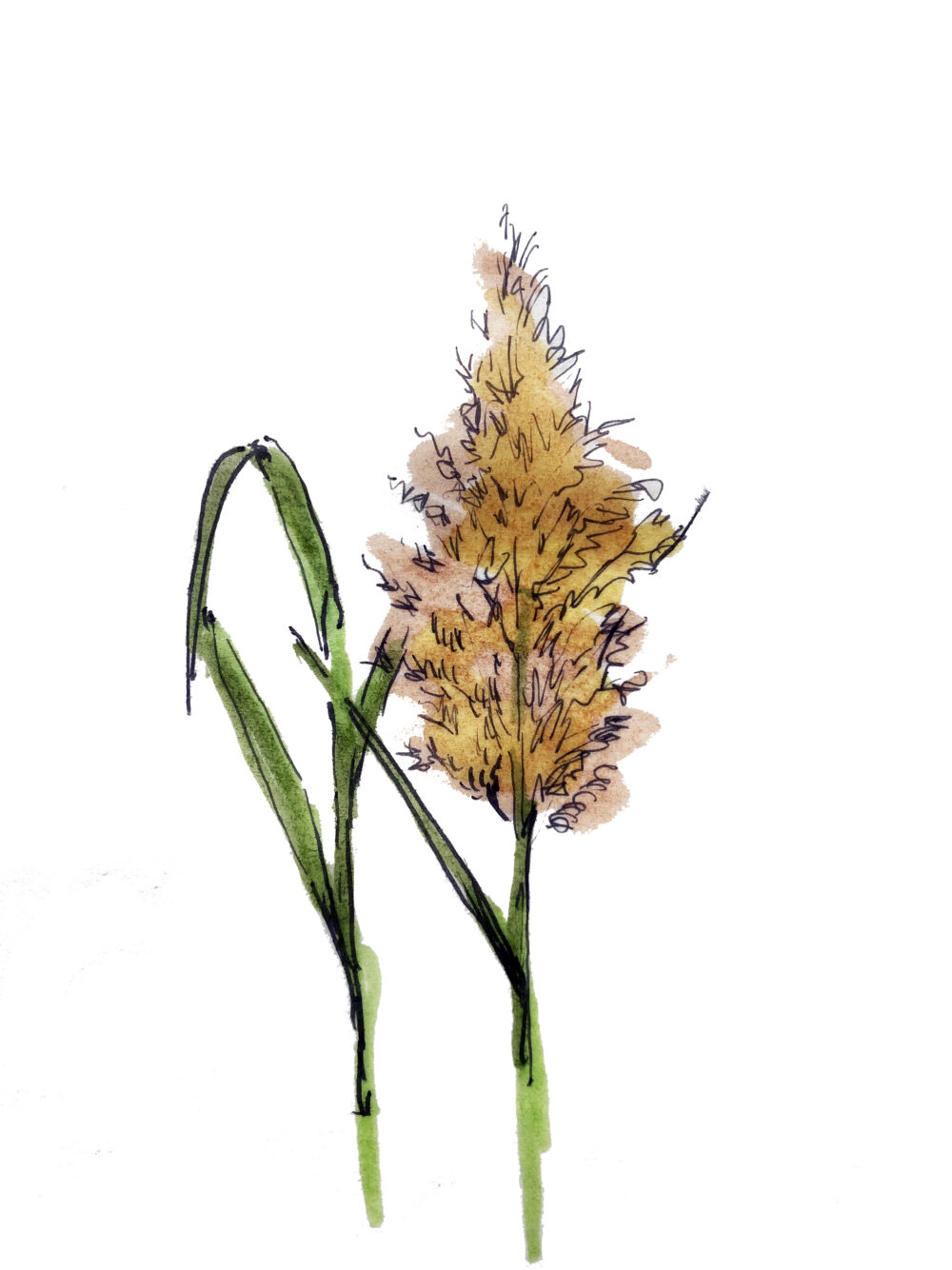
Artwork courtesy of Britt Zuckerman
Cordgrass
Spartina patens
Spartina pectinata
Spartina alterniflora
All three grasses serve as pollution filters and buffers against flooding and shoreline erosion. S. patens can be found in high marsh zones. S. pectinata can tolerate water but not prolonged flooding. S. alterniflora is usually restricted to the water’s edge.
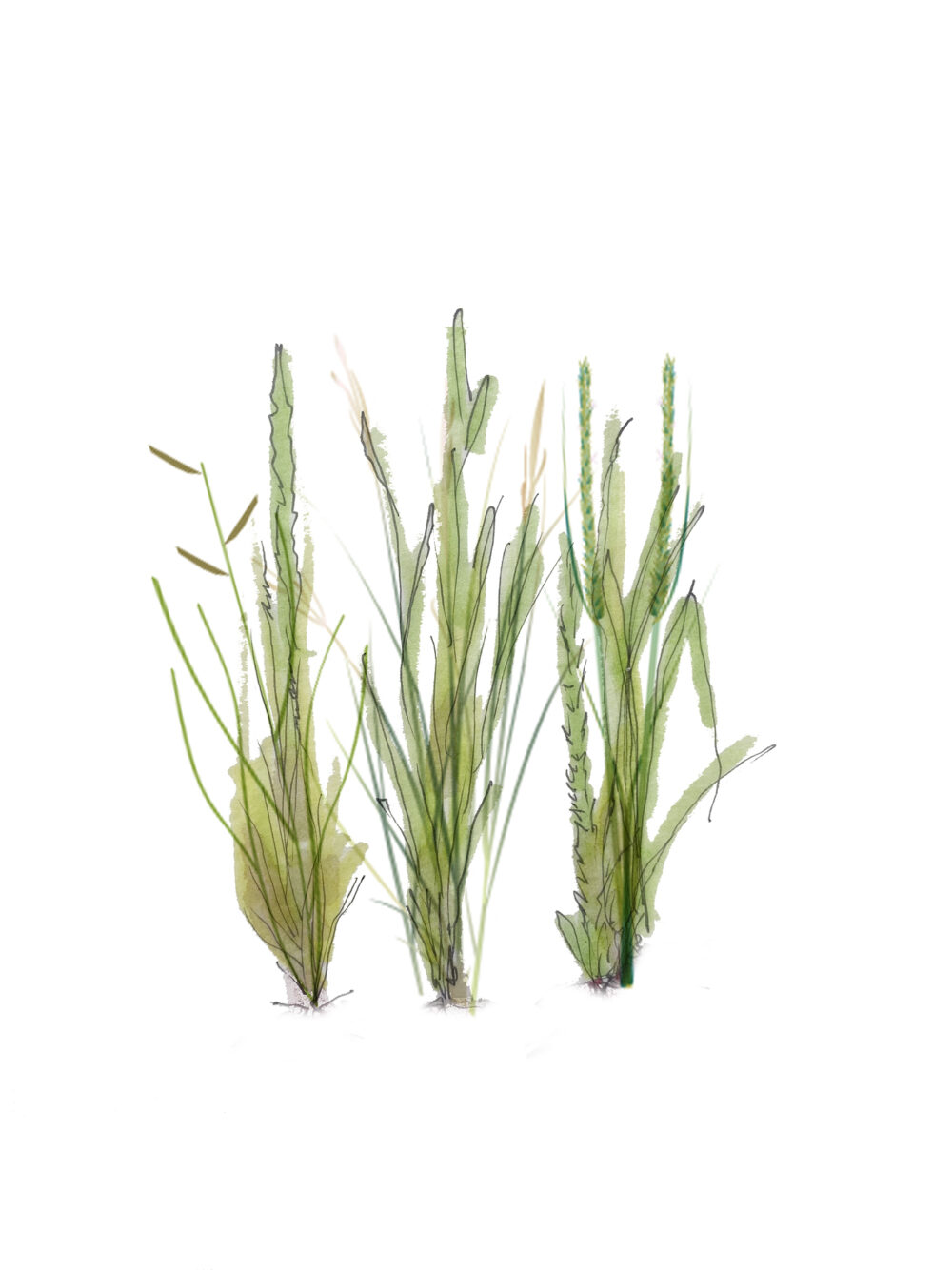
Artwork courtesy of Britt Zuckerman
Sago pondweed
Stuckenia pectinata
Sago pondweed is an extremely important aquatic plant in lakes and ponds because of its nutritional value as a food source for birds, including waterfowl, marsh birds, and shorebirds.
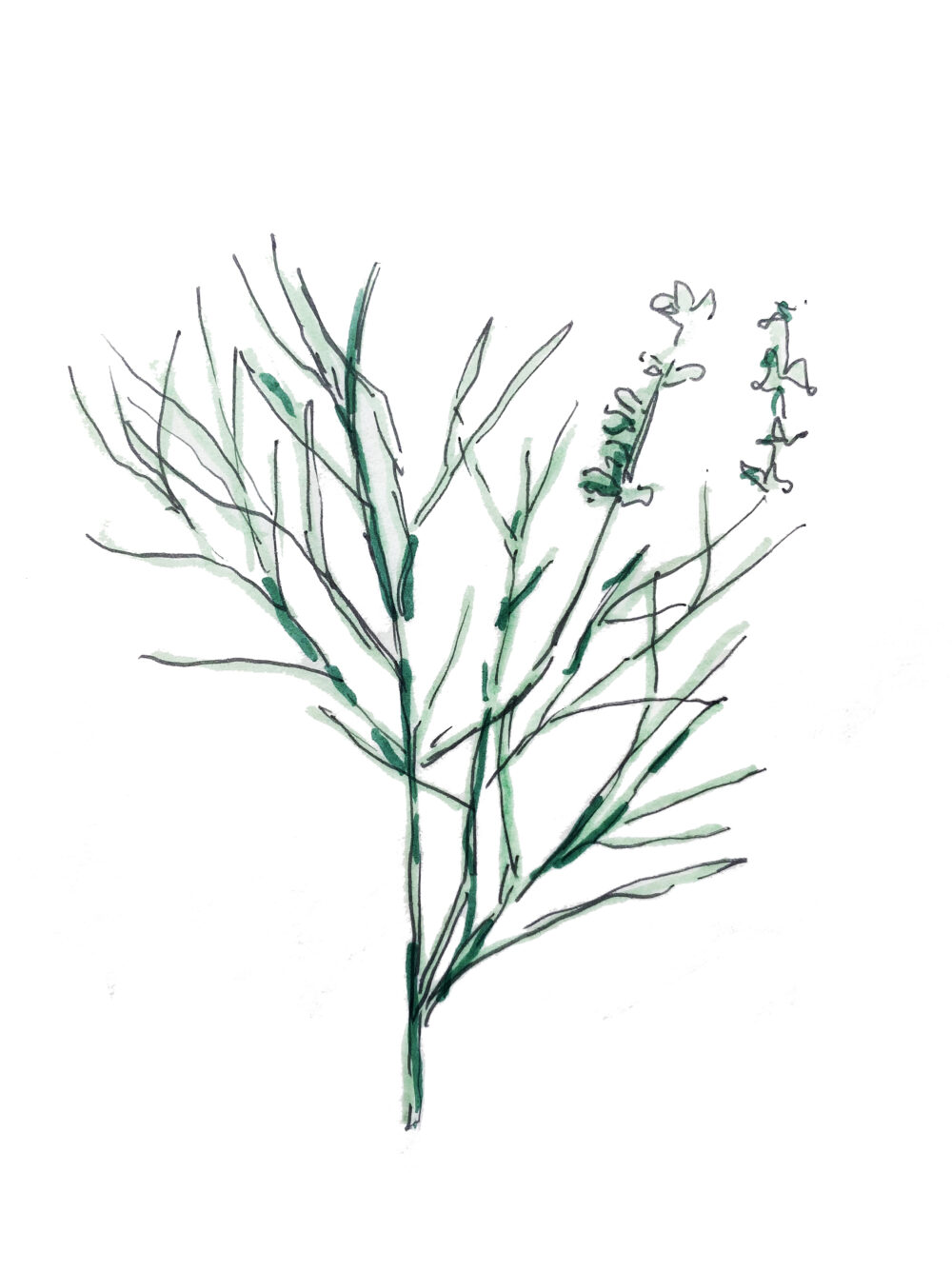
Artwork courtesy of Britt Zuckerman
Swamp rose mallow
Hibiscus moscheutos
Swamp rose mallow produces white flowers with a tinge of burgundy color. It blooms in August and September. Each bloom lasts only a day. At the peak of bloom, a large plant can produce 20 or more flowers per day.
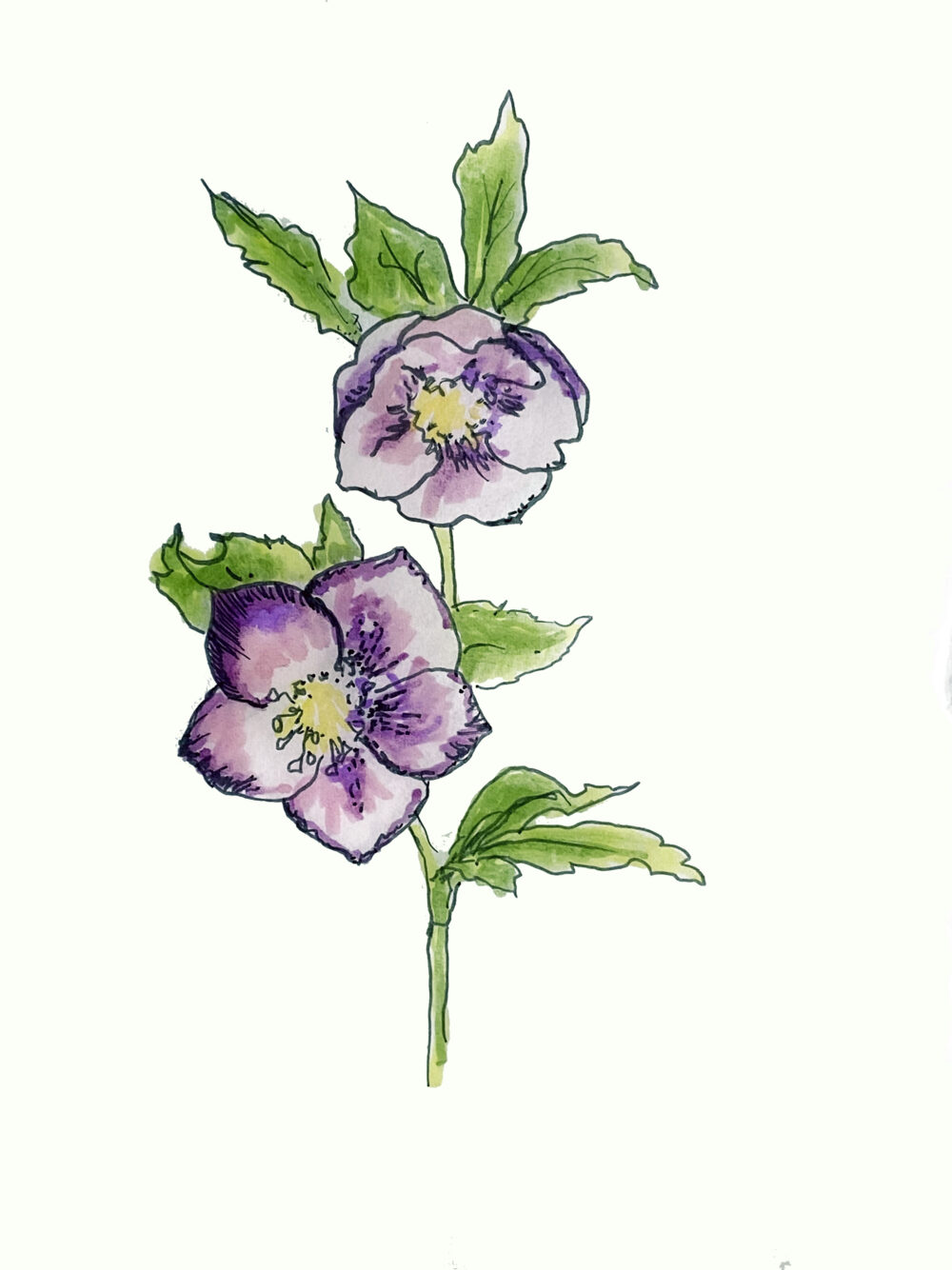
Artwork courtesy of Britt Zuckerman


